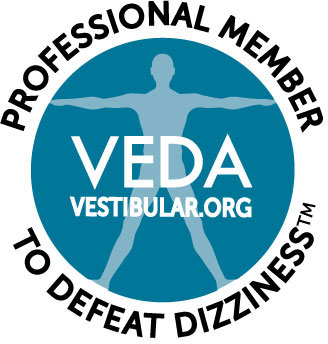As a parent, you want to give your child every possible opportunity to succeed in life, and that begins with their schooling. If your child is struggling in school, there could be numerous reasons ranging from behavioral or developmental issues to physical ailments. Attention-deficit/hyperactivity disorder (ADHD) is one of the most common conditions that can cause a child to underperform in school and, as a result, it is often the “go-to” diagnosis of well-intentioned teachers and physicians. But the symptoms of ADHD overlap with another lesser-known condition: binocular vision disorder (BVD) – sometimes resulting in BVD being misdiagnosed as ADHD. Since the treatments for BVD and ADHD are completely different, a misdiagnosis can have dire consequences.

childhood, preschool education, learning and people concept – group of happy smiling little children with school bags and notebooks over summer green natural background
What Is BVD?
BVD is an eye muscle strain condition that is caused by a misalignment in the eyes. It disrupts the coordination between the two eyes and the brain. In people with BVD, one eye is slightly higher than the other, causing the eyes to send two slightly different images to the brain rather than one cohesive image. The brain rejects double images, forcing the muscles in the eyes to “fix” the problem by working overtime to correct the misalignment. Eventually, these muscles become strained and fatigued, resulting in a range of symptoms like headaches and dizziness, difficulty concentrating, and more.
BVD is tricky to diagnose because many of its symptoms don’t appear to have anything to do with the eyes. A physician trying to determine the root cause of your child’s symptoms probably wouldn’t start by looking at the visual system. Additionally, it is unlikely that a child with BVD would realize they had a visual problem even if they did experience symptoms like blurred vision or double vision, which can sometimes occur with BVD. These symptoms would likely feel so “normal” to your child that they would assume everyone else experienced the same thing. Further complicating the problem is that school eye screenings and optometric exams don’t test for BVD, so you could pass an eye exam with flying colors even if you had BVD.
Does My Child Need a BVD Evaluation?
To understand why BVD is often mistaken for ADHD, let’s take a look at the hallmark symptoms shared by both conditions:
-
Trouble concentrating
-
Easily distracted
-
Disorganized
-
Difficulty with close-range tasks like reading, writing or computer work
-
Poor reading comprehension
-
Irritability
If your child is exhibiting the above symptoms, it would be a good idea to bring them to a neuro visual specialist for a BVD evaluation. This will reduce the chance of a misdiagnosis.
How We Can Help
At the Neuro Visual Center of New York, we have many years of experience diagnosing and treating children with BVD. We can fit your child for aligning prismatic lenses, which corrects the tiny misalignment in the eyes that causes BVD. Patients who have undergone our treatment have seen their BVD symptoms significantly reduced or even completely eliminated. To learn more about BVD testing, call us today at (516) 224-4888.





